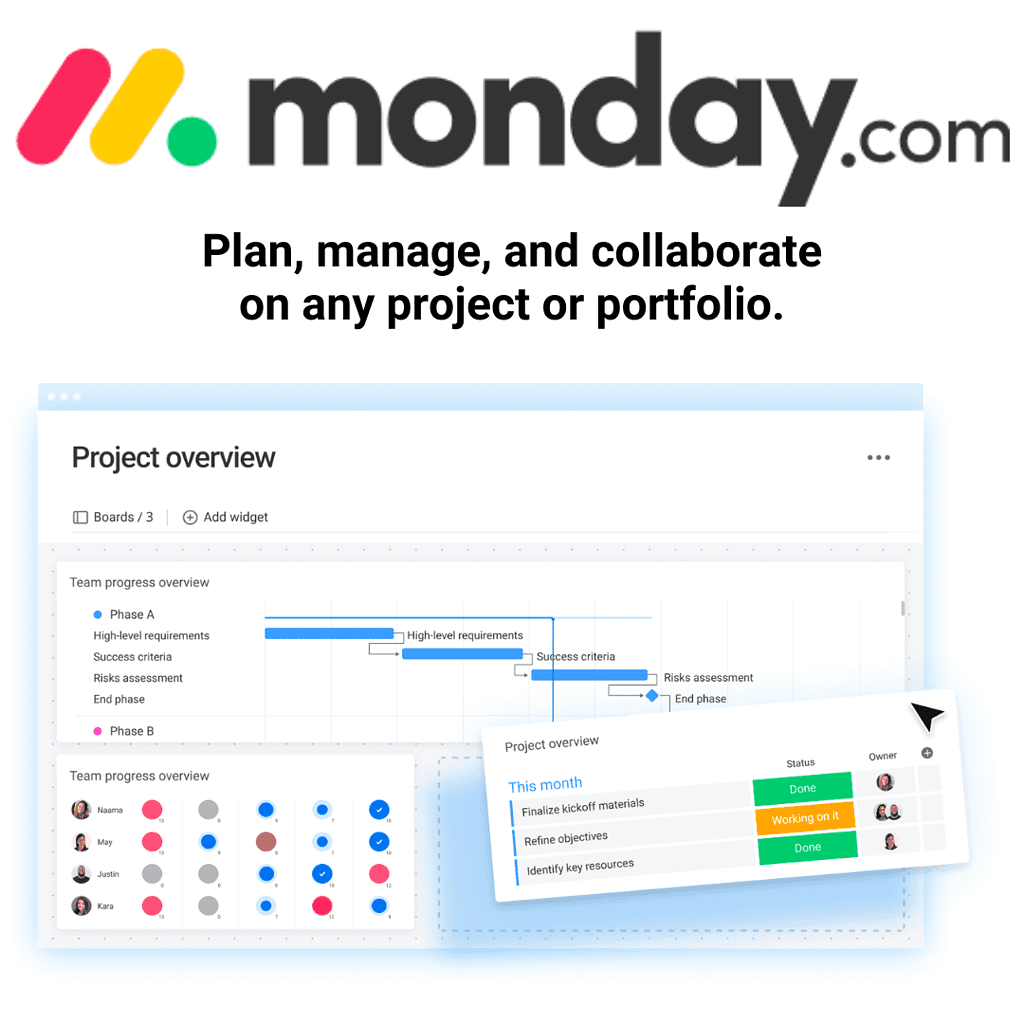How to Handle Scope Creep When Working On Salesforce Projects

What Is Project Scope, and Why Is It Important for Salesforce Admins to Control It When Managing Projects?
Project scope is the definition of what a project is supposed to achieve, and it includes all of the work that needs to be done to achieve the project objectives.
Because it defines what work needs to be done and provides the basis for estimating how long the project will take and how much it will cost.
In other words, the project scope is essential for determining whether a project is feasible and developing a realistic plan.
For Salesforce Admins, controlling project scope is especially important because the Salesforce platform is so complex.
There are so many different features and functionality that it’s easy to get overwhelmed and try to do too much. By defining the scope of a project upfront and then sticking to that scope, Admins can avoid scope creep, which is when additional features or requirements are added after the project has already begun.
This can often lead to delays and cost overruns, so it’s essential to avoid it if possible.
In summary, the project scope is critical for ensuring that projects are completed on time and within budget. For Salesforce Admins, controlling scope is especially important, given the complexity of the platform.
By defining the scope upfront and sticking to it, Admins can avoid scope creep and keep their projects on track.
How Can Project Managers Keep Track of Changes to the Scope of a Project When Managing a Salesforce Project and Prevent Them From Getting Out of Hand?
Any experienced project manager knows that the scope of a project can change quickly and unexpectedly. When managing a Salesforce project, it is essential to have a plan to track these changes and ensure they do not get out of hand.
One way to do this is to maintain a clear and up-to-date scope statement. This document should outline the objectives of the project, as well as the deliverables that are required to meet those objectives.
Establishing clear communication channels between the project manager and the team is also essential.
By regularly checking in with team members, the project manager can stay abreast of any project scope changes and make adjustments as necessary.
Finally, it is crucial to set realistic expectations for the project from the outset.
SNAG THESE EMAIL TEMPLATES

200+ project management templates to help you get organized and increase your productivity!
Are you tired of wasting time writing the same email messages repeatedly?
I know your time is valuable, so I’ve created email templates specifically for Salesforce Admins to help you manage your Salesforce projects more efficiently.
Use these templates as a starting point or adapt them to fit your own needs. And you can cut and paste them into whatever email system you need.
Stop wasting time on menial tasks and start managing your projects more effectively.
Get access to a vast library of email templates to painlessly manage the entire project lifecycle!
What Are Some Common Causes of Scope Creep, and How Can They Be Avoided or Mitigated?
One of the most common causes of scope creep is inadequate planning.
When a project is first being scoped out, it can be difficult to anticipate all of the potential risks and challenges. As a result, key stakeholders may not agree with the project’s objectives, leading to scope creep down the line.
Scope creep can also occur due to changes in organizational priorities. As a company’s priorities shift, new stakeholders may become involved in a project and request changes that were not originally envisaged.
Finally, scope creep can also be caused by unrealistic expectations. If stakeholders expect too much from a project, they may begin to push for changes beyond the original scope.
While avoiding scope creep entirely may not always be possible, some measures can be taken to mitigate its effects. For example, setting clear objectives and maintaining open communication between all stakeholders can help to keep a project on track.
Additionally, regular reviews and revisions to the project plan can help to ensure that scope creep does not occur.
🔥 SUBSCRIBE! 🔥

Get practical Salesforce advice in your inbox!
Feeling overwhelmed by everything you have to do as a Salesforce Admin?
I know how it feels.
I created the FREE Brainiate Newsletter – to help you stay up-to-date with the latest Salesforce news, advice, and product recommendations.
Sign up for my newsletter and get all that information right in your inbox – without having to search for it yourself. You’ll be able to focus on your projects with peace of mind, knowing you’re always up-to-date on the latest Salesforce updates.
Click the button below and sign up for my FREE Brainiate Newsletter today!

What Are Some Techniques for Dealing With Stakeholders Who Want to Add New Features or Change Existing Ones Late in the Game on a Salesforce Project?
Dealing with stakeholders who want to add new features or change existing ones late in the game can be tricky. However, there are a few techniques that might help.
First, try to get a clear understanding of their motivations. Is there a business need that they’re trying to address?
Once you know what they’re hoping to accomplish, you can better discuss whether the requested changes are feasible. If they are, great!
If not, you might be able to suggest alternative solutions that will achieve the same result.
Second, keep communication channels open throughout the project.
If stakeholders feel like they’re being kept in the dark, they’re more likely to try to make changes at the last minute. By staying in touch and keeping them updated on your progress, you can head off many potential problems.
Finally, try to be flexible where possible. If a requested change is relatively minor and won’t impact other parts of the project, it might be easier (and less frustrating for everyone involved) to go ahead and make the change. hope these tips help!”
How Can Pms Ensure That Their Projects Stay on Track and Within Budget Without Causing Friction With Their Team or Stakeholders While Working on Salesforce Projects?
As a project manager, you must ensure your Salesforce project stays on track and within budget. But how can you do this without causing friction with your team or stakeholders?
The key is keeping the communication lines open and proactively addressing potential issues. Here are some tips to help you keep your Salesforce project on track:
- Make sure you have a clear understanding of the project scope. What are the deliverables? What is the timeline? What is the budget? A clear understanding of the scope will help you avoid scope creep and keep the project on track.
- Communicate regularly with your team and stakeholders. Keep them updated on the project’s progress and address any concerns they may have. Open communication will help to prevent problems down the road.
- Be proactive in addressing potential issues. If you see potential problems, address them immediately. By being proactive, you can prevent minor problems from becoming big ones.
By following these tips, you can keep your Salesforce project on track and within budget without causing friction with your team or stakeholders.
SNAG THESE FREE RESOURCES!

Struggling to Manage Your Salesforce Projects?
Master Project Management With Our Expert Resources for Salesforce Admins.
Check out some of these FREE RESOURCES, templates, ebooks, and courses to take your project management skills to the next level and take control of your Salesforce career!
What Are the Key Takeaways for Project Managers When It Comes to Controlling Project Scope in Salesforce Projects?
As a project manager, one of your key responsibilities is to control the scope of your Salesforce project. This means ensuring that the project is not too large or complex and that all stakeholders know what is included. There are a few key things to keep in mind when it comes to controlling the scope of Salesforce projects:
- Define the project’s scope early on, and get buy-in from all stakeholders. This will help to prevent scope creep later on.
- Use Salesforce’s declarative capabilities to your advantage. You can use point-and-click configuration to quickly add or remove functionality without writing code.
- Be aware of the dependencies between different parts of the project. For example, adding a new custom object may require changes to the existing Apex code. By understanding these dependencies, you can avoid making changes that could cause unexpected problems later.
By following these tips, you can help to ensure that your Salesforce project stays on track and doesn’t become unnecessarily complex or expensive.
Scope creep is a common issue that project managers face. By understanding the root causes of scope creep, you can take steps to prevent it from happening or at least mitigate its effects. To learn more about preventing scope creep and other project management tips and tricks, check out my course, Project Management Secrets.
DOWNLOAD YOUR COPY!

The quick-start guide to gathering business requirements
Are you responsible for ensuring Salesforce projects run as smoothly as possible?
With the Business Requirements Gathering for Salesforce Projects: The Definitive Guide for Salesforce Admins, you can quickly get up to speed on the best practices for gathering business requirements.
This comprehensive book, written by Salesforce consultant and trainer David Giller, provides powerful methods and insights to ensure your projects are successful.
POST SPONSOR:

Monday.com
You have a lot of projects on your plate, and it feels like you’re always playing catch-up.
Juggling multiple tasks, timelines, and deadlines can be incredibly frustrating and overwhelming. It’s hard to know where to start, let alone keep track of everything.
Monday is the solution for project management mayhem. With Monday, you can easily create new projects, track tasks and milestones, set deadlines, share files and comments with your team, and more.
Click on my affiliate link to start a free trial of Monday, and see how it can transform how you manage your Salesforce projects.






